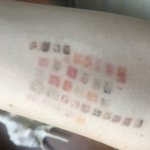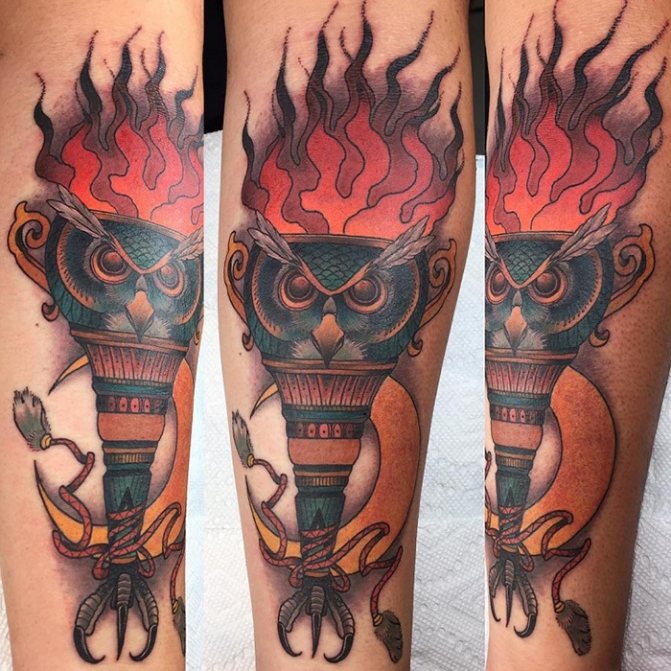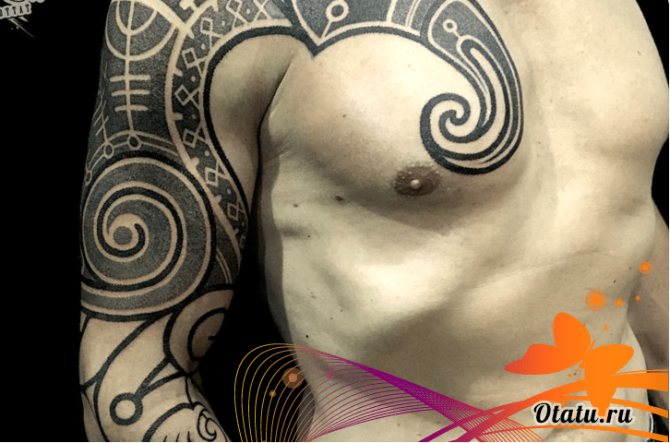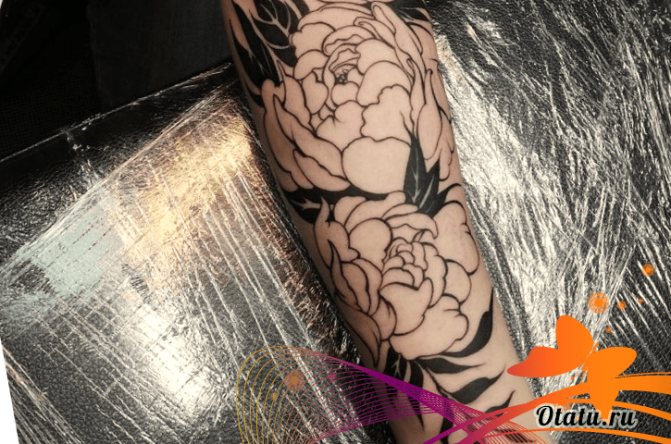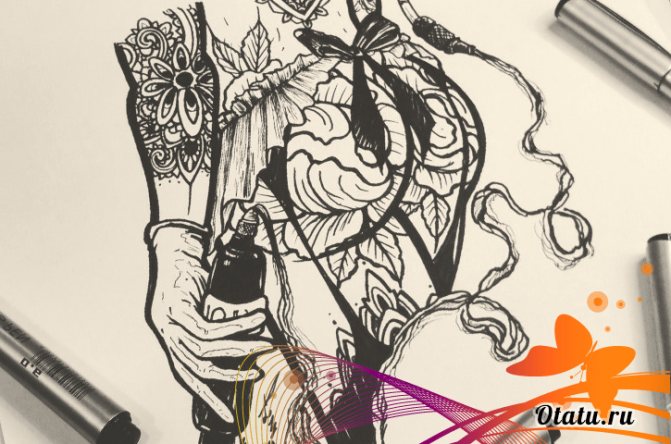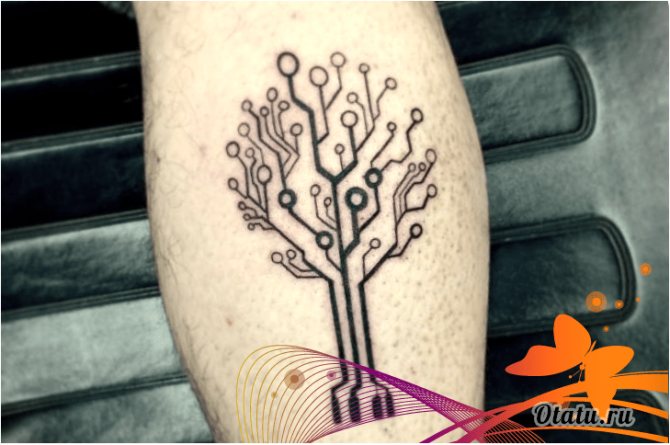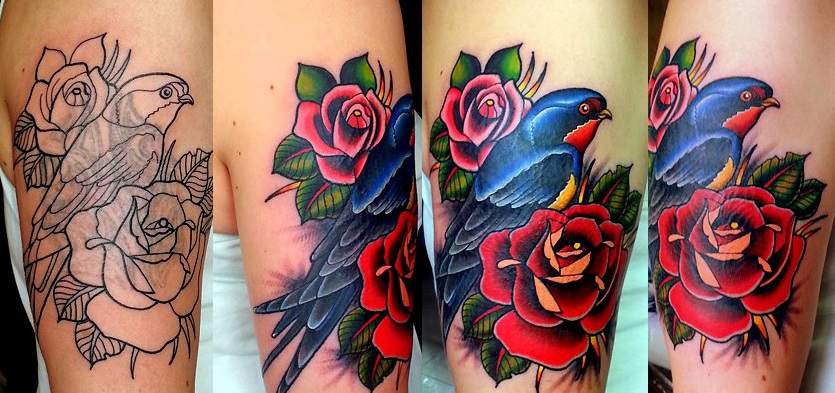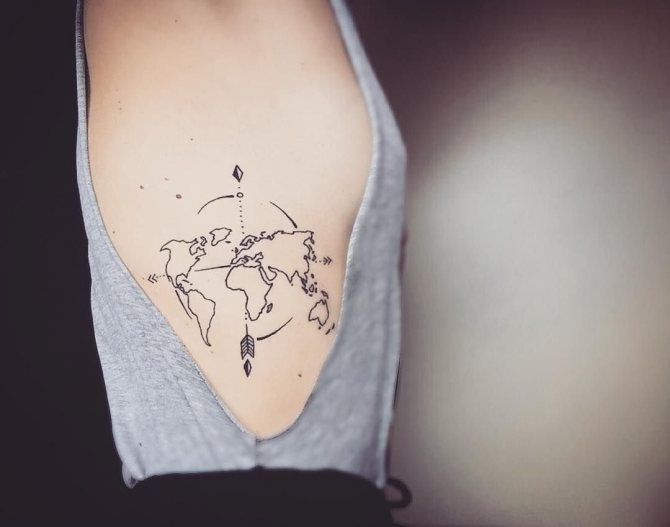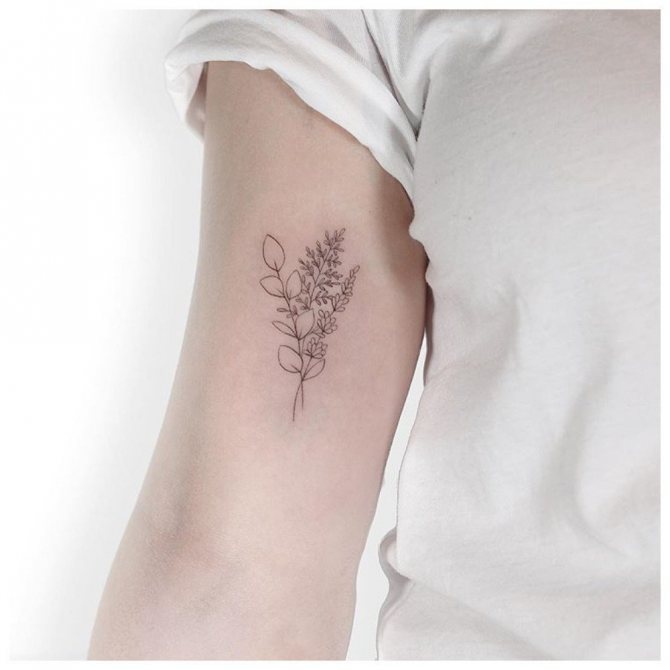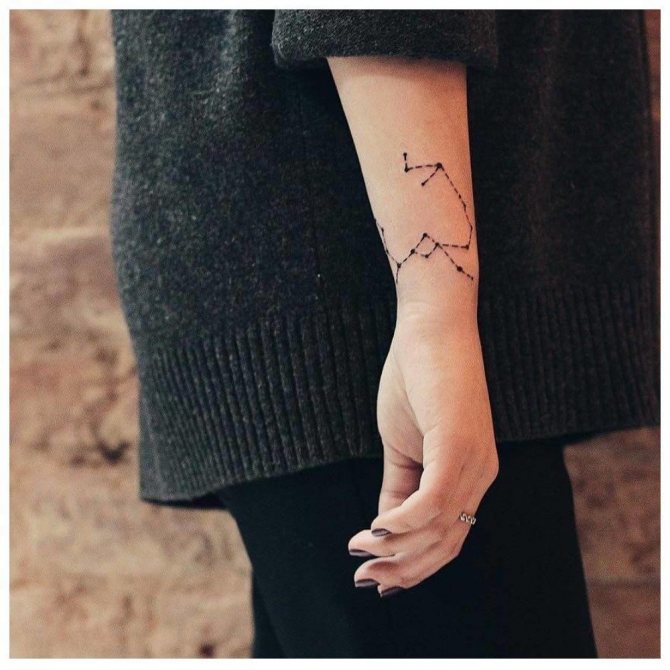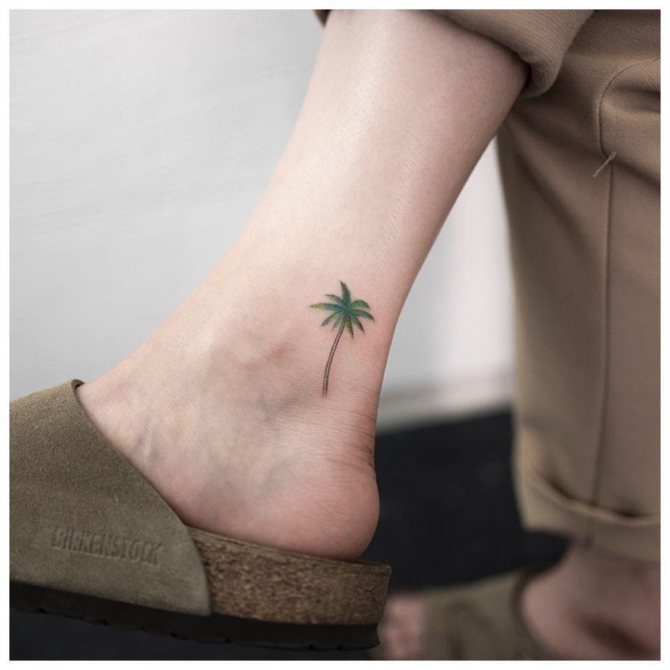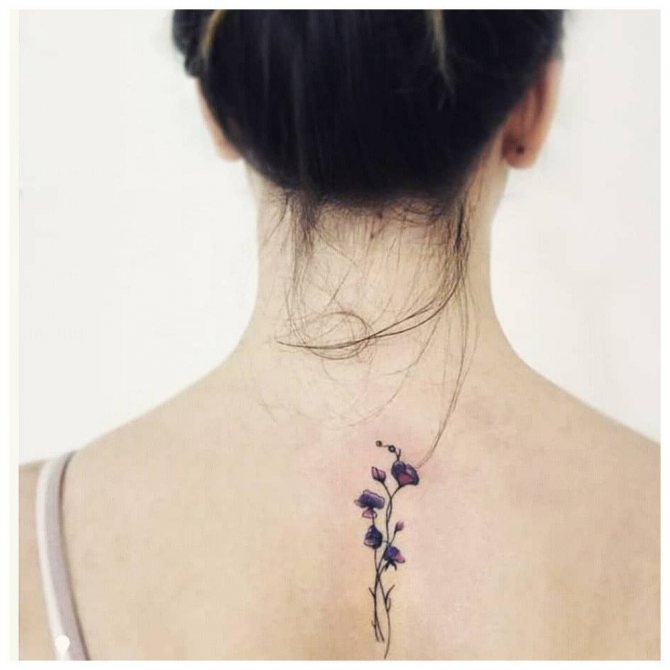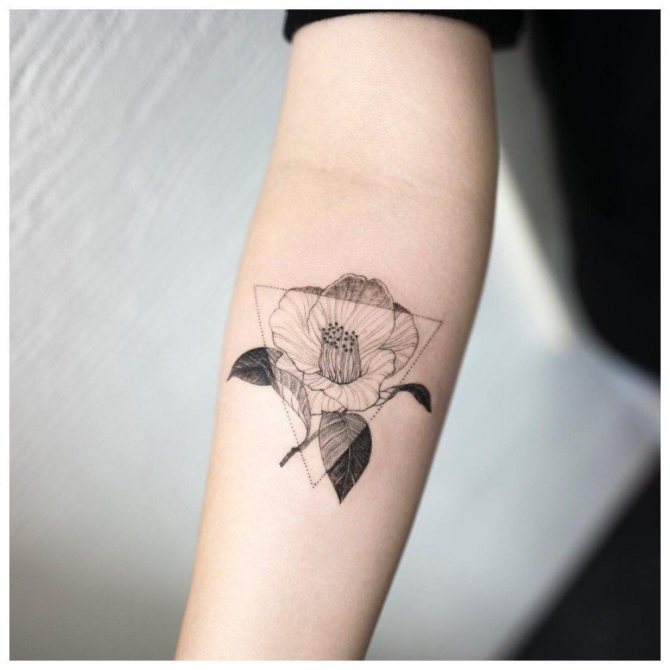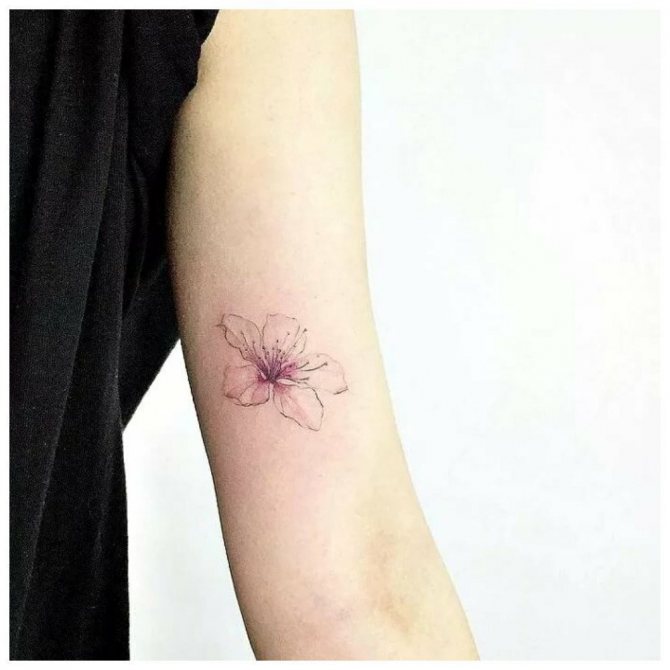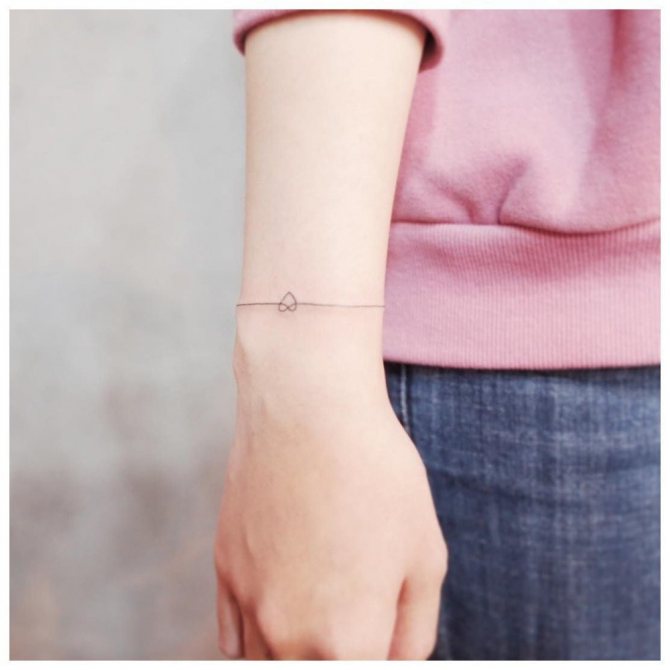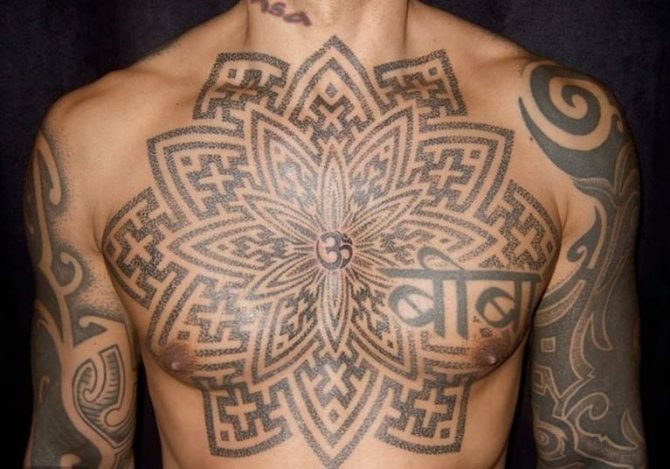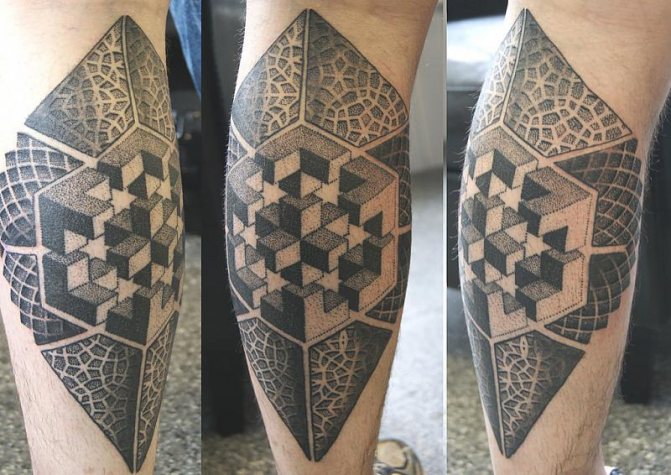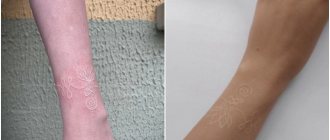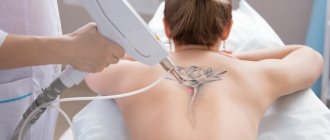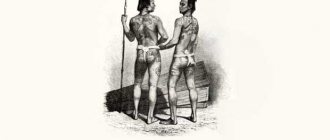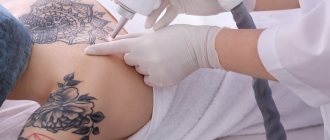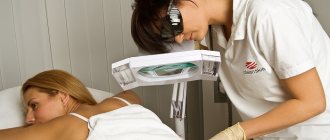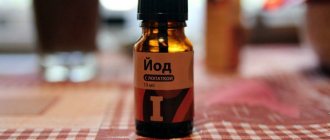Pigment inversion and removal facts create myths among clients about the quality and composition of pigments.
Jak poprawić makijaż permanentny metodą usuwania i wybrać odpowiednią technologię?
In practice, I analyzed the composition of pigments from different manufacturers. I have come across the theory that there are some pigments that can only be removed by laser. Other manufacturers only remove with removers and nothing else. Should I use a laser to remove permanent makeup or a remuver? Let's do the analysis.
There are a lot of pigments on the market, there are a lot of manufacturers, the price range is different: author's pigments, mixes of masters, pigments leaders. The question is who to prefer and how to work with a certain pigment. Can permanent makeup be removed without a trace and why does the color of the pigment change after laser removal? What do we call pigment inversion?
Together with our colleagues Irina Osipenok and Natalia Kruk we made an experiment in practice to get the answers to these questions. Irina Osipenok injected pigments into my skin and then Natalia Linkevich (Kruk) removed the pigments in my skin. In practice I observed the process of inversion of pigments.
Pigment inversion. Pigments for the experiment
The following pigments were used for the experiment.
PREMIER pigments: Dark Beautiful Brown (C), Dark Russet C092, Dark Sexy Silver C087, Toaster Umber. SIVAK pigments: MOKKO, hazelnut, pastel pink. Sof Tap: Chocolate Truffle, German Chocolate, Hazelnut, Earth, Espresso, Café Vienna, Milk Chocolate, Café Ole. QOLORA: Brownish Oliva 409, Siberia 407, Desert Rose 105. PermaBlend: Tress Pink, Drackest Brown, Roxy Brown, Taup, Brunette, Double Black. Magic: Salmon #125, M-303, Full Lips 2, Super Black #500, M-302. Bora Bora pigments: Mix 6, Papaya. DOREME pigments: Poppy Poppy, Xwesenya #3.
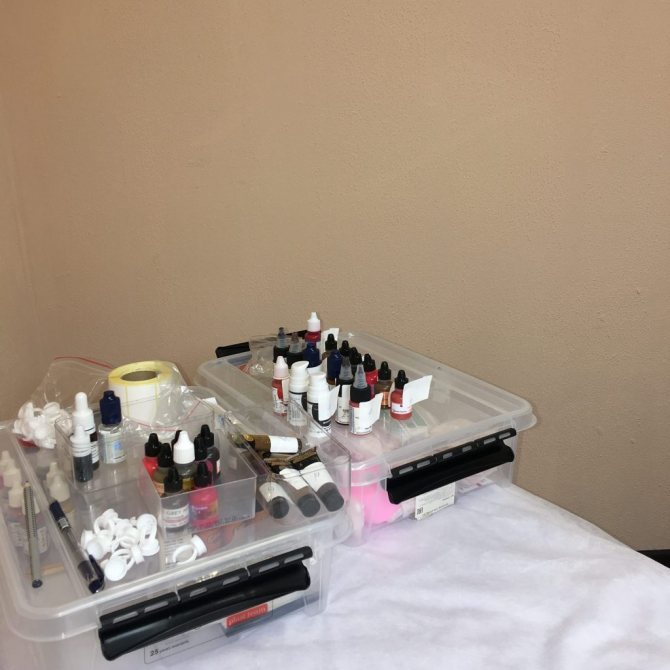
Preparation for the experiment. Selection of permanent makeup pigments
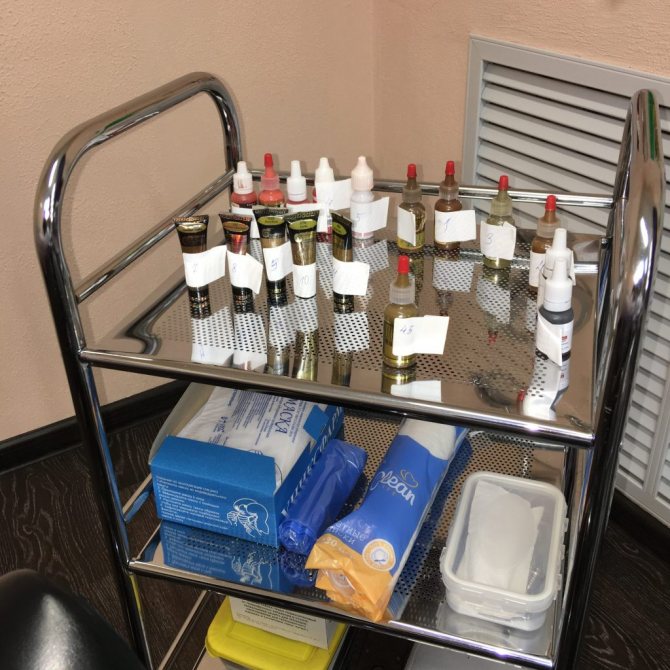

Numbered the pigments, so as not to forget where they were put into the skin and what will happen after laser removal
The introduction of the pigments
Video 1 - introduction of pigments. The experiment
Video 2 - introducing the pigments. Experiment
Video 3. The first color in two passes.
PREMIER pigment
Video 4 - introduction of pigment #2
Video 5. experiment.
This pigment is removed very well, at the end of the article you will see a photo after removing the dye with a neodymium laser. I liked the result. The name of the pigment is Dark Rasset C092 - PREMIER.
Video 6. The pigment in the rubbing
Video 7. Sof Tap pigments
We use the manual technique for the introduction of Sof Tap pigments. The goal is to identify the peculiarities of removing these pigments as a result of spoiled work (especially after microblading).
Step by step we injected all pigments. Then we analyzed the manifestation of color in the skin of the pigments that were tested. This is important in order to have information in the future: how the pigment shows itself in the skin of the client.
The process of the experiment. Pigment inversion


Photo immediately after the introduction of the pigments into the skin
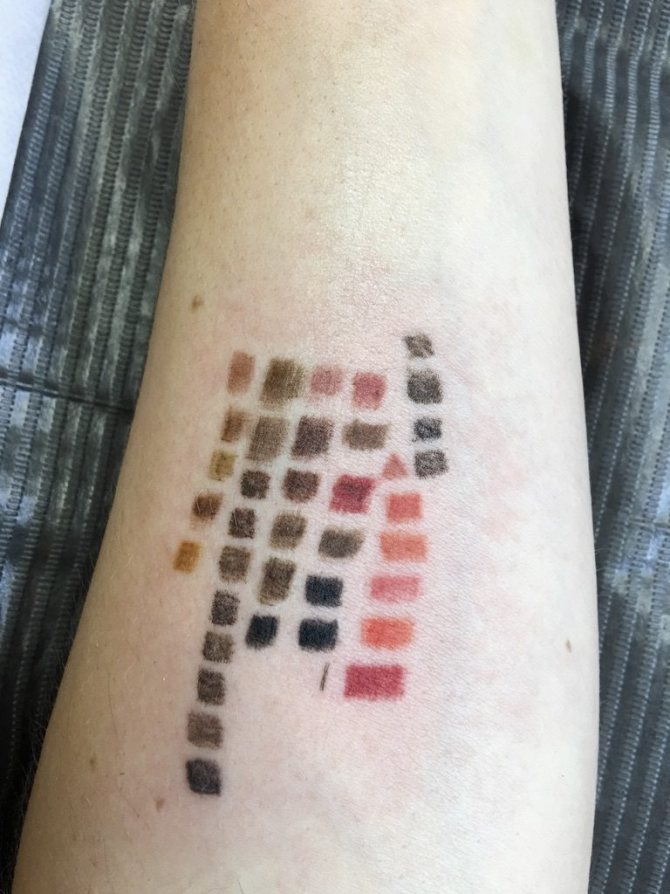

Photo - the process of healing of the pigments. Color manifestation
When masters remove modern pigments with a laser, they often observe a change in the color of the pigment. This is called pigment inversion - an unusual color change that contradicts the pigment's standard reaction to the laser. So what happens? What should a craftsman do next when this kind of pigment reaction to laser light occurs? What should I do if my eyebrows have turned yellow, pink or red after laser removal? What should a client do with inadequate color after removal?
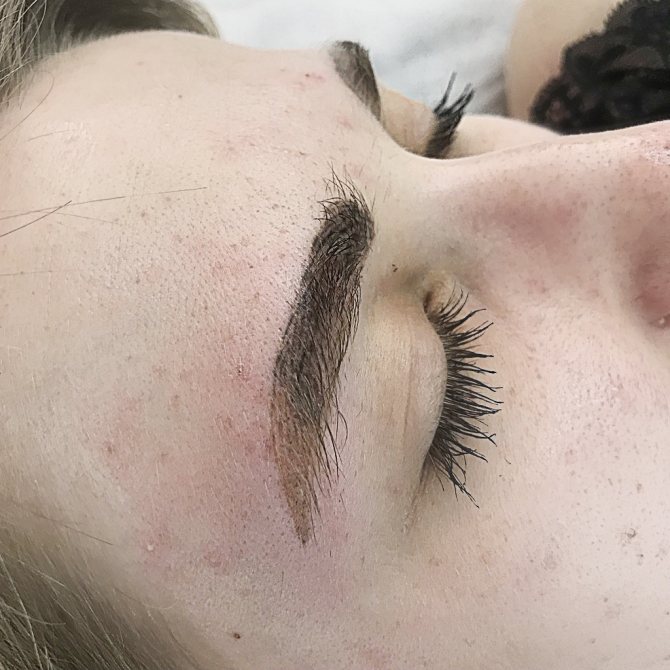

Photo in the process of permanent makeup removal by laser. We see the pigment inversion
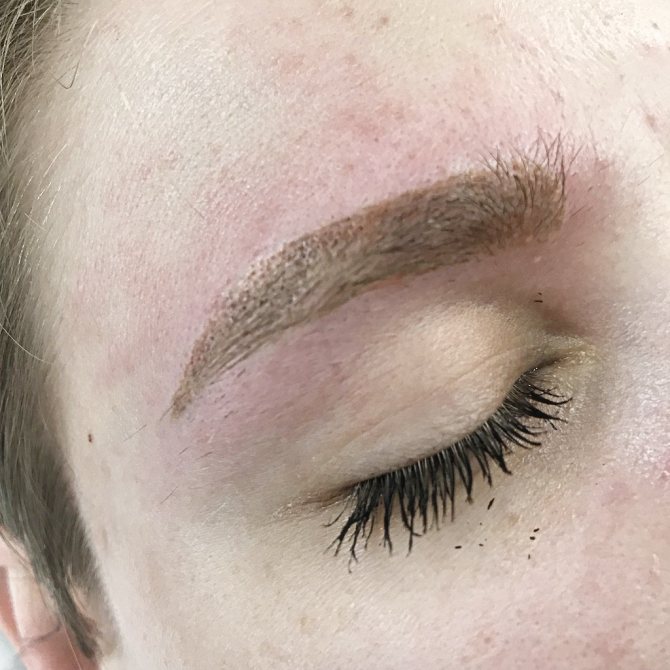

Photo after laser removal (after healing the eyebrows will have a bright orange tint).
Pigment inversion and baking pigment
With innovative removers and laser equipment, almost anything can be removed. The question is time, the client's financial capabilities, and the master's patience.
What does caking of pigment during laser removal mean?
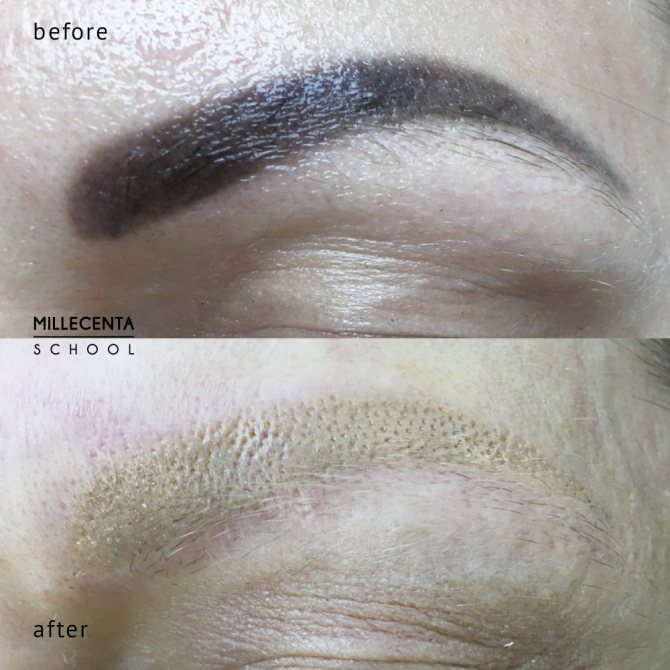

Photo before/after laser removal
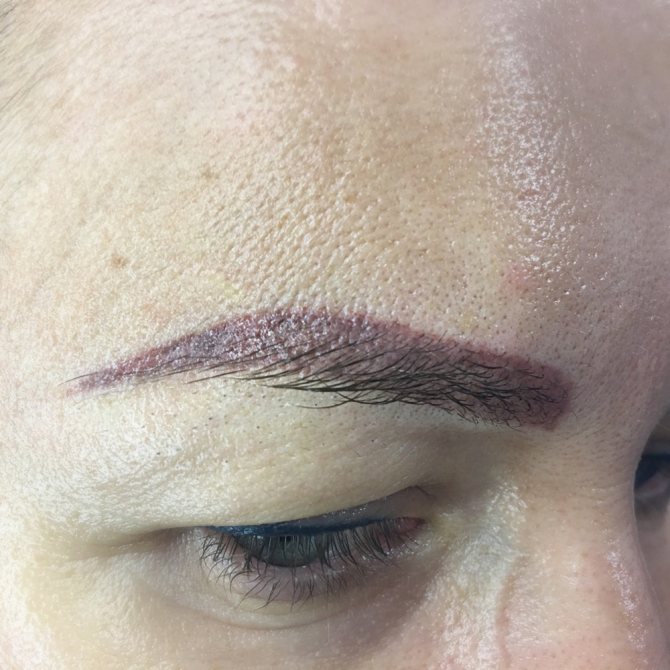

The healed result of the eyebrows after 1 procedure of laser removal of permanent makeup
Many masters and clients believe that there is baking of the pigment in the skin when the laser power is output. Let me explain in simpler terms. There is a very traumatic effect of the laser, which results in damage to the dermis, burns, and formation of scars. The result is a change in the structure of the skin. This can affect the pigment removal process because the skin has changes in its structure. When the collagen fibers are tightly spaced and the vascular plexus is disrupted - removal procedures will be more difficult. Clearing the skin of pigment will be longer. The recovery process slows down. The client needs to understand this and not accuse the master that he works technically wrong.
General characteristics and special features of contour tattoos
Strict contour, monochrome and restraint of the image can also be attributed to the advantages of such tattoos. That is why the application of body images in this stylistics should be entrusted exclusively to professionals, because the contour tattoos have their own characteristic features:
- classic restraint and apparent simplicity has a deep symbolic meaning, it is open to all, if the tattoo is applied to the open areas of the body;
- there are no complications and exaggerations in the drawings, they are suitable for those who prefer not to complicate and multiply problems, solving them in the most accessible way;
- contour tattoos are easy to distinguish from images in other styles due to their rigor and clear drawing, a detailed combination of all components;
- The careful study of all the details allows you to consider all the elements of the image without losing sight of the overall compositional integrity of the picture.


An experienced master can make a contour tattoo correlated with folklore culture, thematic and conceptual ornaments. The right contouring will complement the individual image, help with self-expression and is suitable for those who live with diverse interests.
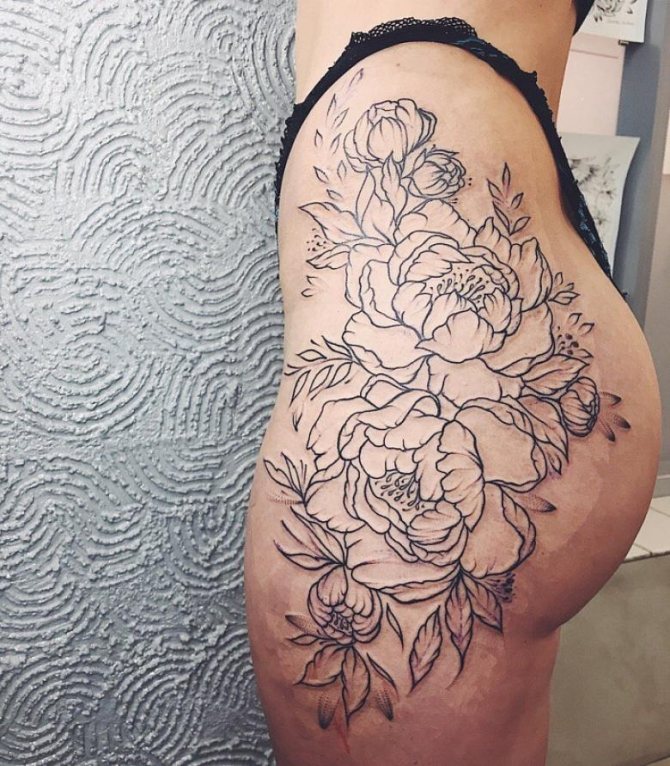

How many sessions does it take to remove?
The reason for delayed removal is not only in the composition of the pigment, but also in the client's skin condition.
If the physiological reasons of skin condition are normal, pay attention to the removal technique and the quality of laser equipment. With each removal session there is less pigment left in the skin.
How many removal sessions do I need? It depends on the density, the removal technique and the chemical composition of the pigment in the skin.
Pigment inversion. Experience from practice:
I had a case in my practice where I was removing a client's eyebrows for a long time. Prior to my services, the client had had three laser removal procedures at the medical center. There was no result. She then underwent three laser treatments and three treatments with removers (from different companies) at my place. As a result, my eyebrows have taken on a soft hue. I'll be honest with you. In the skin the pigment remained partially. At the moment I am giving the girl additional treatments, which contribute to a quick recovery of the skin. The process of removal is ongoing.
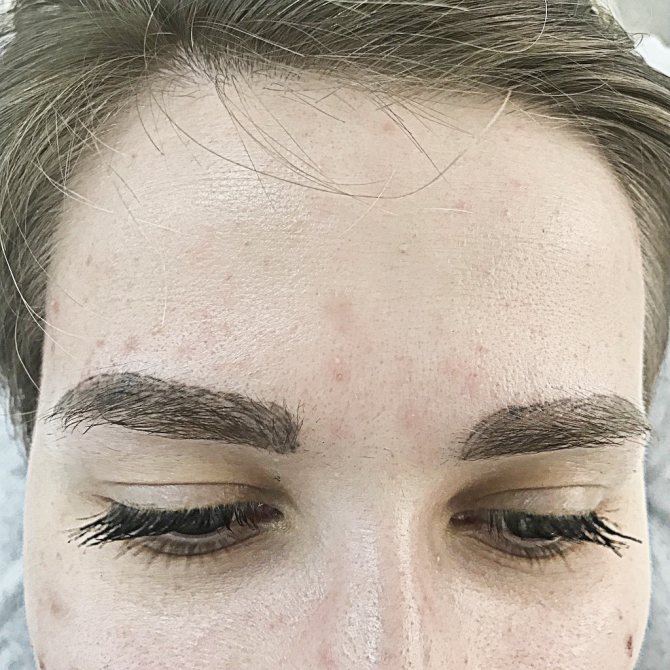

The photo before the first removal procedure
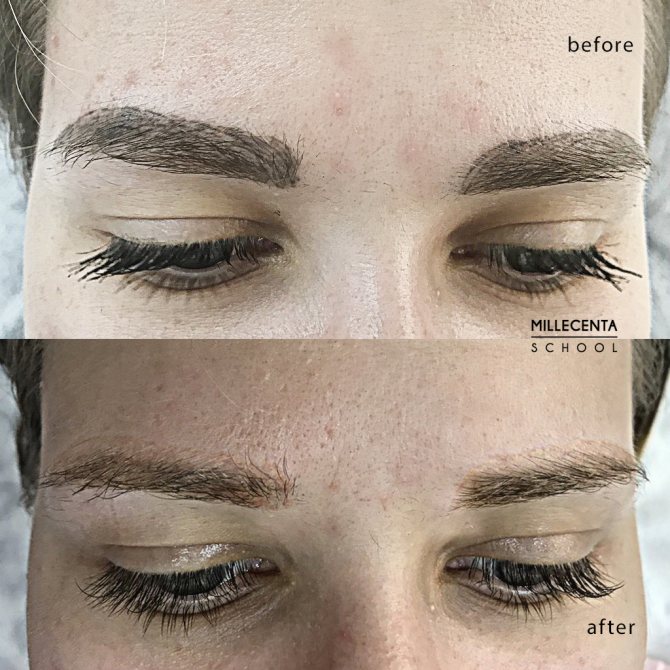

The before/after photos (bottom photo is the healed result). The pigment removal process continues
Dotwork
Dotwork is ideal for tattoos that are based on geometric shapes. Tattoos made in this style consist of many dots of different intensity. The main color of the style is black, sometimes red, rarely other colors.
Pigment inversion. EXPERIMENT
Video 8 is the beginning of the experiment. Removal of pigments with the laser
Natalia Hook. Laser removal. Minsk.
Video 9 - the process of laser removal
As a result of laser removal, pigment inversion is observed in many cases. We performed permanent makeup removal with cold and warm color tips. As you can see, after removal, the pigment color takes on a brighter shade, after healing it dims.


Minimalism
The name of the style speaks for itself. Minimalism is quite popular in the tattoo world. Minimalist tattoos do not have to have a small size, they can be at least on the whole back, but the picture will be light, contoured, without an abundance of colors (2-3 is enough).
Photo. Inversion of pigment
The photo immediately after the introduction of the pigment


Photo after removal
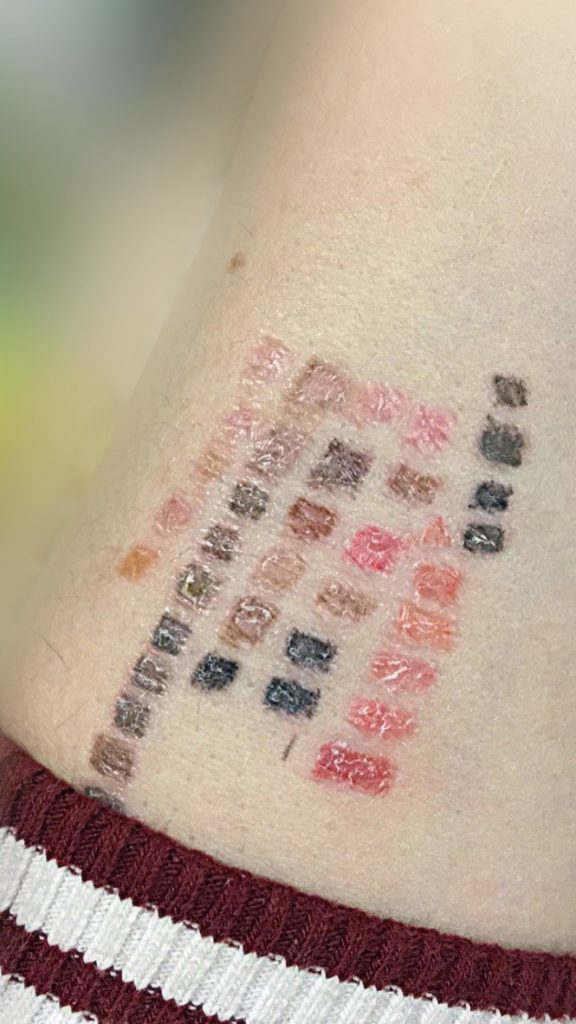

Process of regeneration of the skin
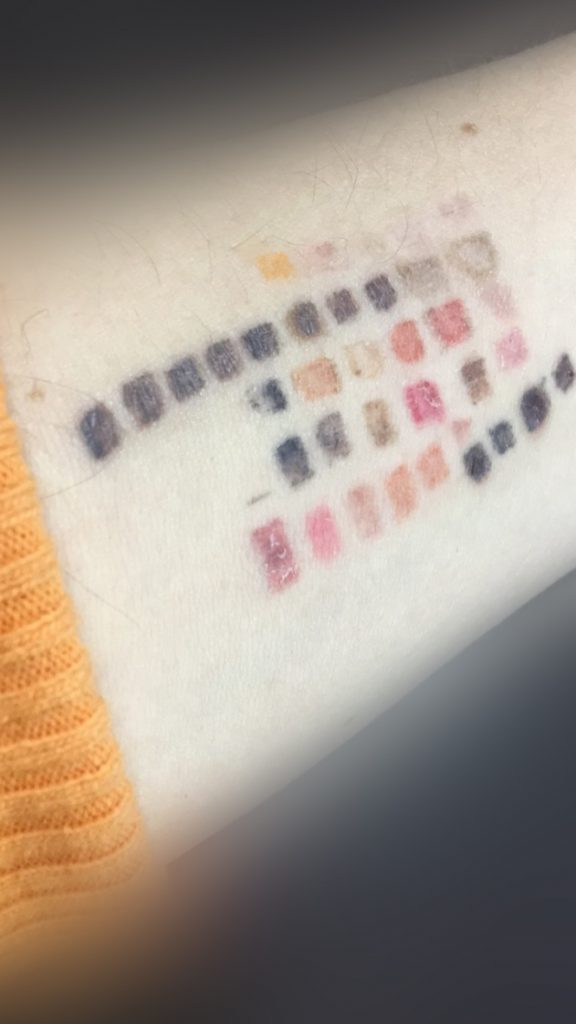

Photo of the healing process after laser removal. We can see the inversion of the pigments. Some of the pigments have become darker
The lip pigments (please note) have not turned black (blue-black). This indicates that the pigments are very stable in the skin, most likely have no iron oxides in their composition, organic (so-called synthetic) pigments. And they were removed with the 532 nozzle.
What happens under the influence of the laser on the pigment? The behavior of the pigment during laser removal is as follows: under the influence of the laser beam (when the eyebrows are removed) cold shades turn into warm ones, and warm shades into cold ones. All masters know this information. But pay attention to the photos: not all pigments go from warm to cold. Moreover, the PermaBlend pigments (go to bright colors - yellow and red), SofTap, BoraBora, Qolora (eyebrow pigments) are difficult to remove. Premier pigments (gone perfectly), Hvesen's eyebrow pigments - 6 left a bright yellow, A. Sivak pigments were well removed (eyebrow pigments), Magic lip pigments (slightly lightened like BoraBora), but Magic pigments for the arrow are removed well.
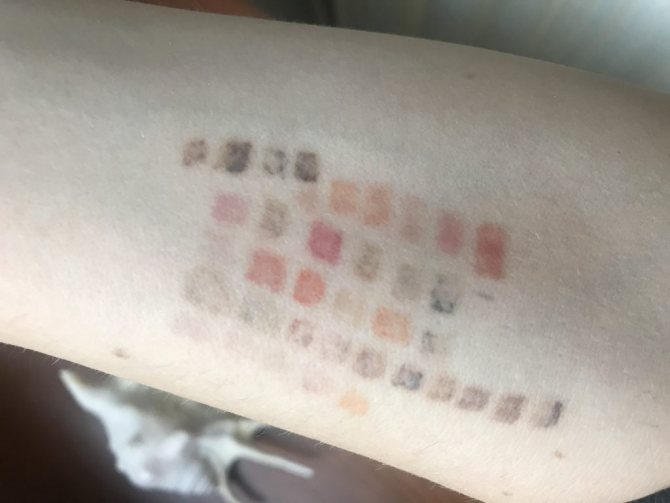

This is what the pigments look like 9 months after the first pigmentation procedure - 2021. 3 laser removal procedures have been performed. It should be noted that the longer the interval between treatments in the laser removal of hybrid pigments - there is a result. Nevertheless, you should use a remuver, as the laser with some manufacturers can not cope.
Old skool (old school).
Old school tattoos "introduced" by sailors back in the 19th century, they considered certain body paintings as a kind of amulet, so this style has a standard (most popular) patterns, most often these are anchors, swallows, roses, hearts, daggers. Usually old-school involves small, brightly colored drawings, often with inscriptions.
Pigment inversion - a color change when the laser is removed
When red, pink shades, brown shades are removed (especially on the lips) we observe the manifestation of gray, blue color. This indicates that there were iron oxides in the pigment and the laser has changed the valence of iron (color inversion). And at the next procedure, the removal nozzle is changed.
Unfortunately, clients don't always understand when they are told that their lips may turn gray, gray-blue. They expect dark red, burgundy, but not a darker color. The best option is to have pictures on hand to present a visual picture.
During laser removal, a huge amount of energy is released, there is a mechanical splitting (crushing) of the pigment, as well as a chemical reaction. As a result of the experiment, in some pigments (e.g. lip pigments) we did not observe the splitting of the pigment, it may be partially present, but the lip colors have in their composition organic components, these pigments are only slightly lightened. This is not a bad thing if you use them professionally - the sponges will have perfect color and over time the color will gradually fade from the skin (this is especially true for Magic lip pigments).
Changes in color of other pigments (permablend, 6 sense) are related to the chemical composition of the pigment. Since the master who performs the removal procedure and who does not have information - what exactly the pigment was made permanent make-up, it is possible in the process of removal to observe the reaction of the pigment color change under the influence of the laser. Changes in the color of other pigments (permablend, 6 sense) are related to the chemical composition of the pigment.
About the chemical composition and coloring principles in pigment removal processes and permanent make-up procedures - important information for permanent make-up specialists in the INK_TECHNIQUE courses.
Pigment inversion - conclusions of the experiment
So, as a result of removing pigments and their manifestation in the skin, in my practice I give preference to Premier pigments (brow), Sivak (brow), Magic pigments and BoraBora lip pigments, Qolora (lip, but the whole palette).
Each pigment manufacturer has its own advantages and disadvantages, the main thing is how the master has information in colorist and techniques of work. I don't describe the information about the removal of pigments with the purpose of anti-advertising of manufacturers, however, I have my own vision of permanent make-up products.
For better color destruction, it is recommended to follow the rules of laser removal nozzles, for reds use 532, for cold pigments use 1064. If you change them the other way around, the removal process will be carried out, but not as effective. The 532 nozzle in laser removal is better to use only on warm pigments, because it is more traumatic to the skin. The laser beam (532 nozzle) is absorbed by the epidermis better than the 1064 nozzle beam (this is due to the melanin pigment).
Additional information: It is important to remember that the color of the skin is influenced by two types of melanin: eumelanin (brown to blue-black in the hair and areola) and pheomelanin (red-yellowish pigment, also found in the hair, which is the main pigment of redheads and influences the color of freckles on the client's skin). Keratin is a yellow pigment.
Melanin has a great influence on the skin recovery after laser removal and the permanent make up after healing. It is located in the epidermis and the permanent make-up pigment in the dermis. Mel-n acts as a protection function of our body from UV and other aggressive carcinogenic factors. Mel-in prevents malignant cell formation under the influence of ultraviolet rays and ionizing radiation and reduces the accumulation of radionuclides in the body.
Peculiarities of forearm tattoo
Due to the anatomical features of the image on this part of the body are natural, spectacular, three-dimensional.
Painfulness of infliction
Fear of the upcoming pain prevents many people from deciding to take such a step. The forearm is the part of the body where the sensibility threshold is minimal for most people. There is a slight discomfort, which the client gets used to, and the healing is quick and without complications.
Advantages of this arrangement
Drawing on the forearm area has its own advantages:
- The image can be openly demonstrated or covered in time with clothing (for example: dress code);
- a lot of free space for detailed drawing (the tattoo can go from the hand to the elbow or shoulder);
- easy access;
- location (visible to others and the owner);
- possibility to complement the main picture (new patterns, one or many compositions);
- variations in the application of paired tattoos (start a drawing on one arm and finish on the other, or do symmetrically);
- painlessness;
- The area is not subject to significant changes, so the tattoo will not be severely deformed.
Does the location on the wrist have any special meaning?
It's not necessary to go into the meaning of the symbol of the future drawing, and to score what you like on any place.
The wrist is the most vulnerable part of the body.
The pulse is measured here, so the location of the tattoo in this place may have a sacred meaning, i.e. "touching" the soul, being in the rhythm of your heart, etc. There are catalogs of meanings for different tattoos to determine.
Pigment Inversion. The removal depends on:
- age of the client, thickness of the epidermis, white, black, yellow pigment content (pigment composition), pigment concentration, removal technique (laser and remover).
Age of the client. With age, the blood supply worsens and the blood vessels take on a colder shade. The removal procedure is recommended after a longer period of time.
With age, the transparency of the epidermis decreases (cellular regeneration in the basal layer slows down) and the thickness of the stratum corneum increases.
The concentration of pigment (dense, liquid, dense packing, the depth of the pigment in the skin).
THE COMPOSITION OF THE PIGMENT PLAYS AN IMPORTANT ROLE IN THE RESULT OF PERMANENT MAKEUP REMOVAL
Laser removal - 1 procedure
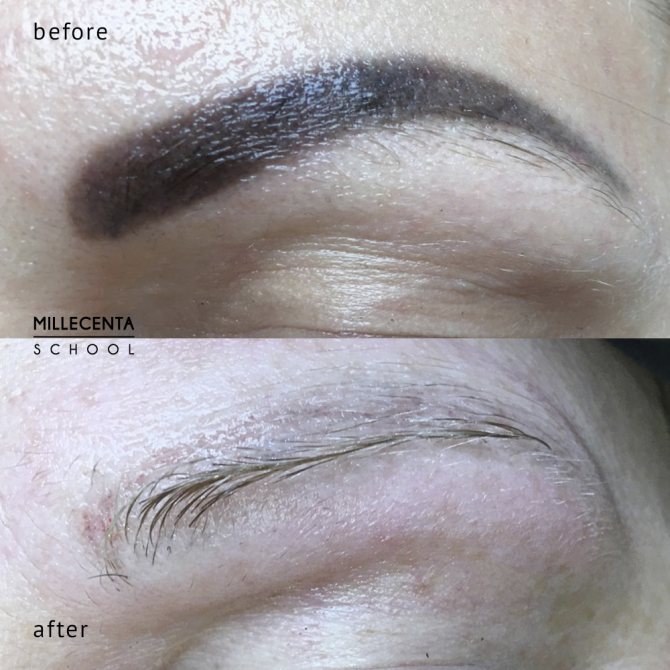

Remouver removal of the rest of the pigment
Further I will give the general information about the pigment composition and its importance in the permanent make-up removal procedures. More information can be found in the INKJECT manual (INK-TECHNIQUE) and can also be used professionally. For training centers and schools of permanent make-up I offer additional literature on which you can conduct training in coloristics and pigmentology, removal of permanent make-up.
Pigments on the chemical composition are divided into inorganic and organic.
By origin: natural (mineral) and synthetic (artificial).
To remove the mineral pigment (the color of the pigment is important) uses both laser and removers, to remove the synthetic pigment (artificially produced pigment) is better to use removers.
Examples of inorganic (insoluble) pigment used in PM: iron oxides, dioxydtitanium, ultramarine, manganese violet.
Iron oxides have iron in their composition (I recommend using laser equipment to remove iron oxides).
The presence of titanium dioxide in the composition affects the removal process (here it is better to use removers, which is better and how - information below in the article).
Most inorganic pigments are: oxides, hydroxides, metal salts with crystalline compounds.
ORGANIC PIGMENTS are intensely colored, insoluble. Brighter, richer in color, but less resistant to sunlight. Pigments that do not contain inorganic fillers have maximum tinting power. Pigments become insoluble only after the soluble dye is combined with the inorganic pigment.
In this case, both laser and remover should be used for removal.
It should also be noted that organic pigments are less persistent in time than mineral pigments, bright compared to mineral pigments. But today organics also contain inorganic elements, including titanium dioxide, which gives color stability and the pigment does not migrate (use both laser and remover).
PIGMENTS are divided into: CREAM DYES AND LIQUID DYES.
The use of cream dyes can achieve a better result in the work. They have a higher hiding power, so it is more difficult to remove.
IMPORTANT: in the process of removal after color change - inversion - the pigment becomes more resistant to removal and will take about 1- sometimes 1.5 years to remove. When the mineral composition is removed by laser - the organics remain, the pigment changes color and chemical composition. Further removal procedures are only possible with remuver. After changing the composition of the pigment, we had additional procedures with the laser and changed the nozzles. We did not see any result, only a slight discoloration.
The lip pigments remained in place and only slightly lightened (all the pigments in the article above - especially Bora-Bora, Qolora, Magic). They got brighter after the laser treatment, after a month they were minimally lighter. To use them in permanent makeup is possible, it is necessary to work professionally, as easily as possible to create perfect lips, without exceeding the contour of natural lips. Sivac is well removed by laser, but can also be cleaned with a remover. SofTap should be used with caution, as I pointed out above - high covering power (cream base), but more difficult to remove. The QOLORA eyebrows are creamy and difficult to remove. PermaBlend - a bright inversion of color after removal - further removal procedures are only possible with the use of removers. PREMIER pigments are well gone.
Further removal of pigments is only possible with the use of removers
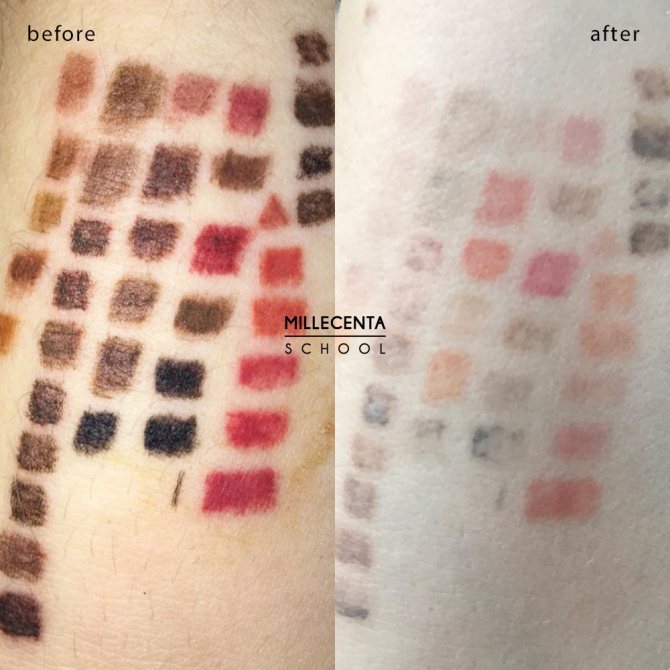

Review of Sketches
To create Partak-style tattoo designs, as a rule, light subjects or simple life ideas are used. Often the owner does not think about the meaning of the image at all, but simply adjusts to fashion or refers to fans of abstraction.
The most common images of images from the direction of partaking style for girls:
- a foot in a boot, sneaker or sneaker;
- A hand with painted fingers;
- pieces of fruit, such as avocado slices;
- heart;
- crystal;
- human eye;
- frog;
- skull;
- Various geometric shapes.
Options for male tattoo ideas partak-style:
- cactus;
- banana;
- ship's anchor;
- roller skates or skateboard;
- axe;
- gravestone;
- The human mouth: lips and tongue;
- Ancient Egyptian symbolism;
- snake, frog;
- key or padlock;
- inscriptions warrior, error, kill.
Examples of successful works
A rather creative and neutral drawing that will suit both men and women equally well. The subject can be interpreted as a memory of some happy moment in life, such as a resort romance, which left a serious imprint in the soul or had consequences.
More female tattoo, although in a rougher version is suitable for guys. The tattoo resembles an unfinished painting, as if in comparison to the owner's life path. Such options are great for people in creative professions, creative personalities.
Positive and unobtrusive sketch, displays good-natured and cheerful character of the owner. The tattoo is successful in that it will look appropriate on almost any part of the body.
Triethanolamine
Triethanolamine (found in Shakhova and Sivak's remover)- is a nurturing agent, its presence in the remoisturizer improves the physical and chemical properties and shelf life of the substance. On the other hand, this substance is often criticized because of its potential toxicity and carcinogenicity. Let's find out: how appropriate is triethanolamine in a remover, how its properties are manifested, and how dangerous can it be to the skin?
Triethanolamine is a low molecular weight amino alcohol that is widely used in the cosmetic industry as a base in soap making, an emulsifier of oils as well as a buffer and nurturing agent.
As part of the remover, it acts as an acidity regulator, cleanser and foaming agent. In the removal process has a cleansing effect: it dissolves impurities. It promotes, so to speak, the washing of pigment particles from the skin.
Triethanolamine is produced synthetically - it is obtained by oxidative reaction of ethylene with ammonia. In its pure form, it is a viscous, colorless or pale yellow liquid, sometimes reeking of ammonia. TEA is well soluble in water, oil, alcohol, acetone, but weakly soluble in hydrocarbons and esters. In connection with acids it forms salts.
Analyzing Pigment Off remover and its action, it contains sodium hydroxide (Sodium Hidroxide) - a strong alkali, potassium hydroxide (Potassium Hidroxide) - an alkali. Therefore, it can be argued that this is an alkaline remover.
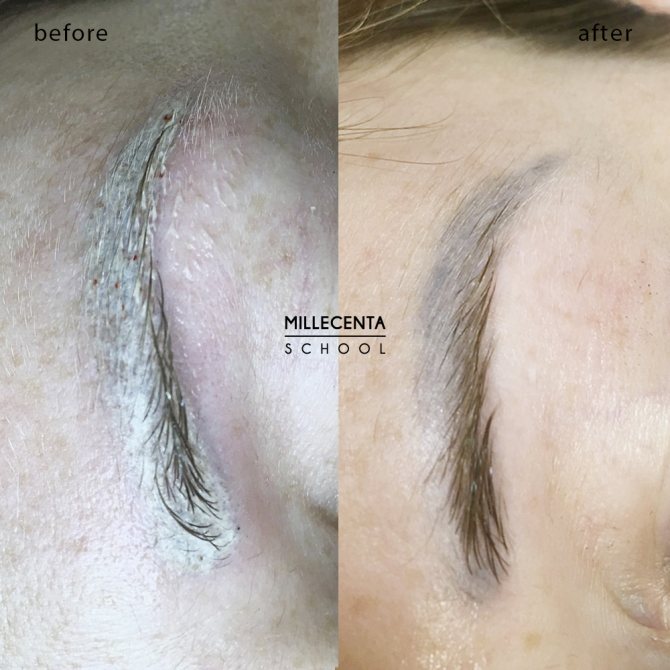

Sodium hydroxide in the remover is able to dissolve organic matter and iron oxides, forms sodium salts of fatty acids, which have a detergent effect.
Potassium hydroxide (in certain concentrations) in the removers has a cleansing effect, an acidity regulator, in large quantities can cause burns.
If you analyze the other components of Pigment Off removers, they have auxiliary effects. When using this remover, the master of permanent makeup should supervise the client, as there are many components and it is possible that the client is allergic to one of the components.
Care of the tattoo on the forearm
Each owner of a tattoo wants it to retain its appearance longer, to look bright. Immediately after applying the tattoo, the master will treat the area with antiseptic or wound healing agent.
Then a film is applied, which protects the skin from infection. After that, active healing begins: itching, peeling, a film or crust may appear.
It is important to keep the skin moisturized:
- wash with warm water 2-3 times a day with antibacterial soap;
- moisturize only with products that are specially formulated;
- avoid direct sunlight;
- Avoid long periods of immersion in water;
- Wear loose clothing to prevent chafing.
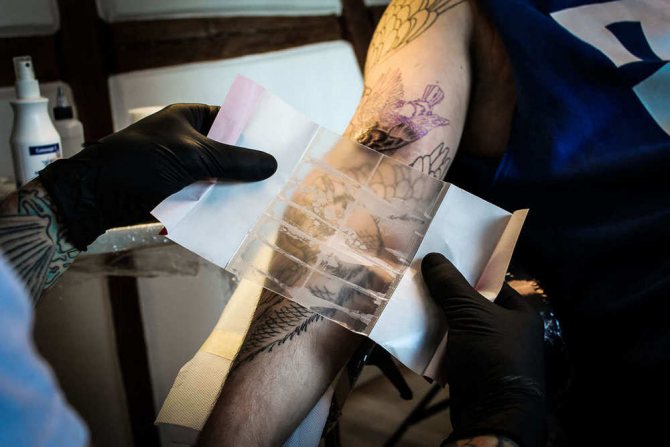

On a fresh tattoo, apply a special film.
